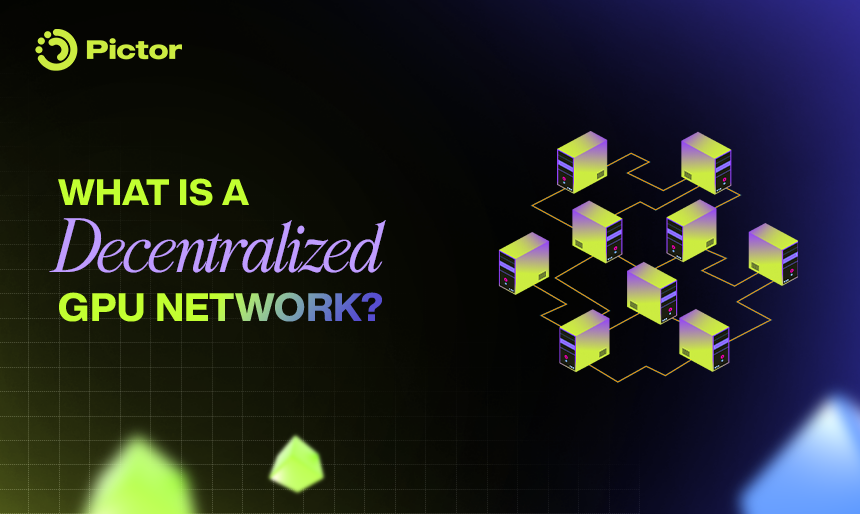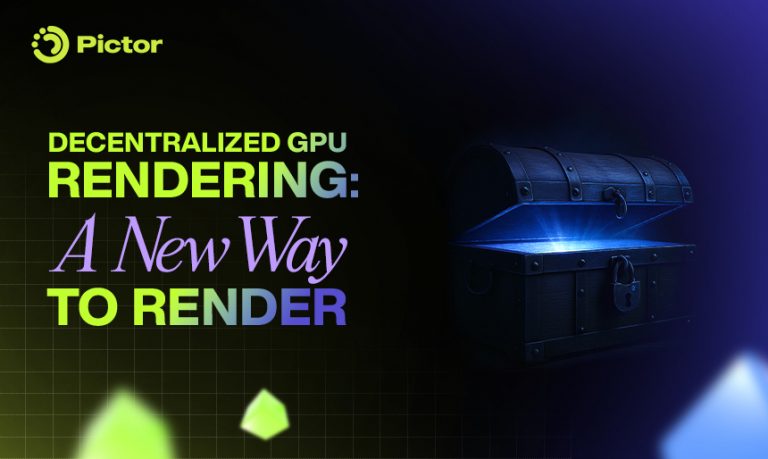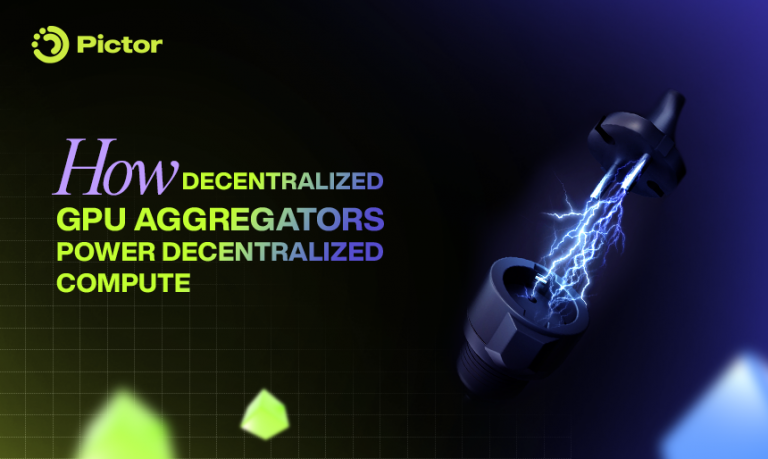“Decentralized GPU networks are transforming global compute by turning idle GPUs (graphics cards) into an open, on-chain infrastructure.“
1. Why GPUs Matter (and Why We’re Running Out)
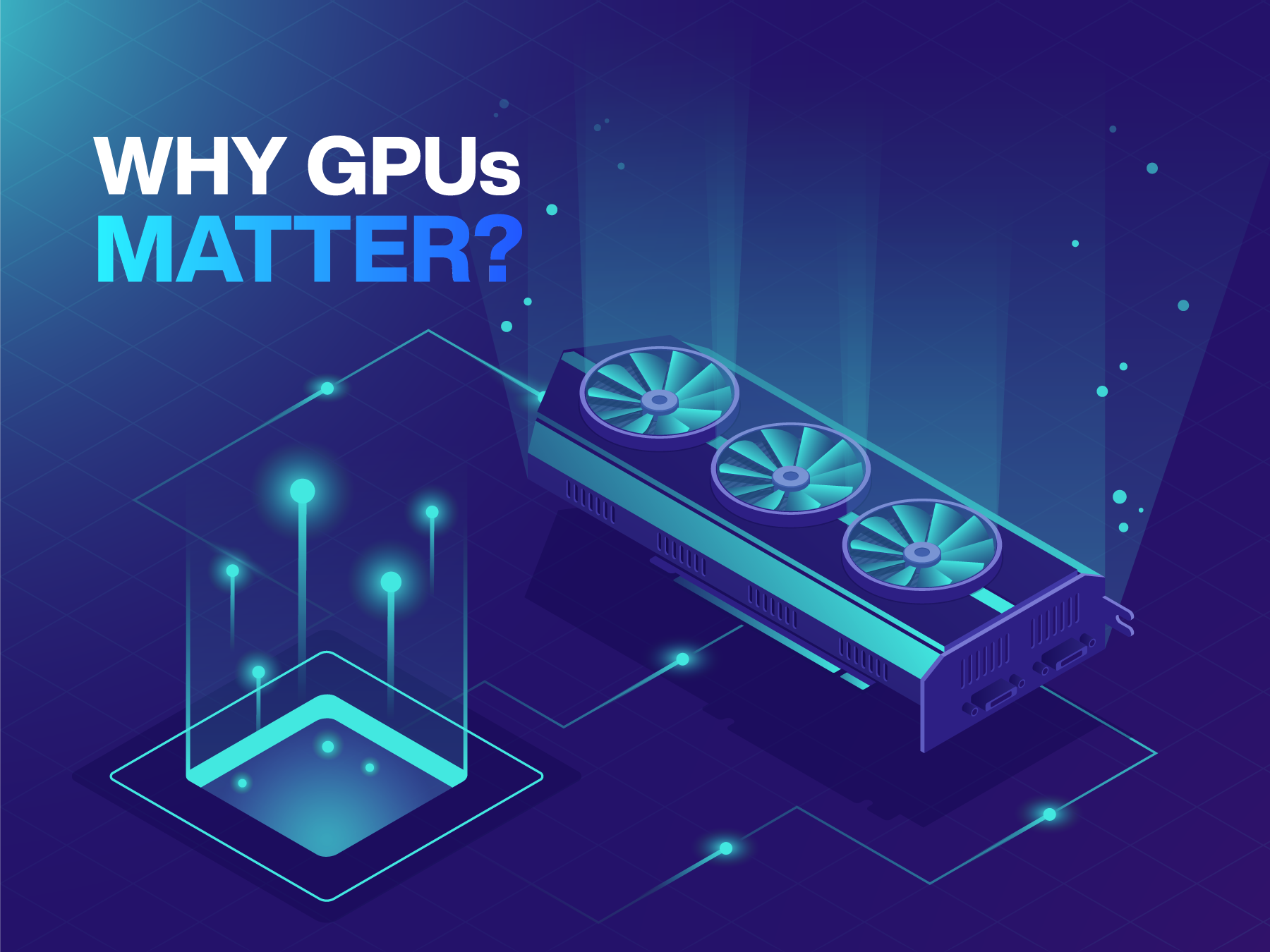
Let’s start with the basics:
A GPU (Graphics Processing Unit) is a type of chip made to handle complex calculations, like rendering 3D visuals, training AI models, or running high-end games.
GPUs have come a long way. They once powered stunning visuals in films and video games, from Pixar animations to cinematic cutscenes. Today, they fuel the rise of AI. Models like ChatGPT, Stable Diffusion, Gemini, Grok, etc., rely on thousands of GPUs to train and run.
As AI gets bigger and 3D content gets richer, the global demand for GPU compute has skyrocketed, far beyond what centralized clouds can supply.
But there’s a problem:
- Renting GPUs from cloud providers like AWS or Google is expensive
- Supply can’t keep up with demand, especially for AI developers
- Most people and teams can’t afford to scale compute easily
At the same time, millions of GPUs in gaming PCs, office desktops, crypto farms, and data centers are sitting idle for hours (or days) at a time.
What if we could put those unused GPUs to work?
That’s exactly what a Decentralized GPU Network is about.
2. What Is a Decentralized GPU Network?
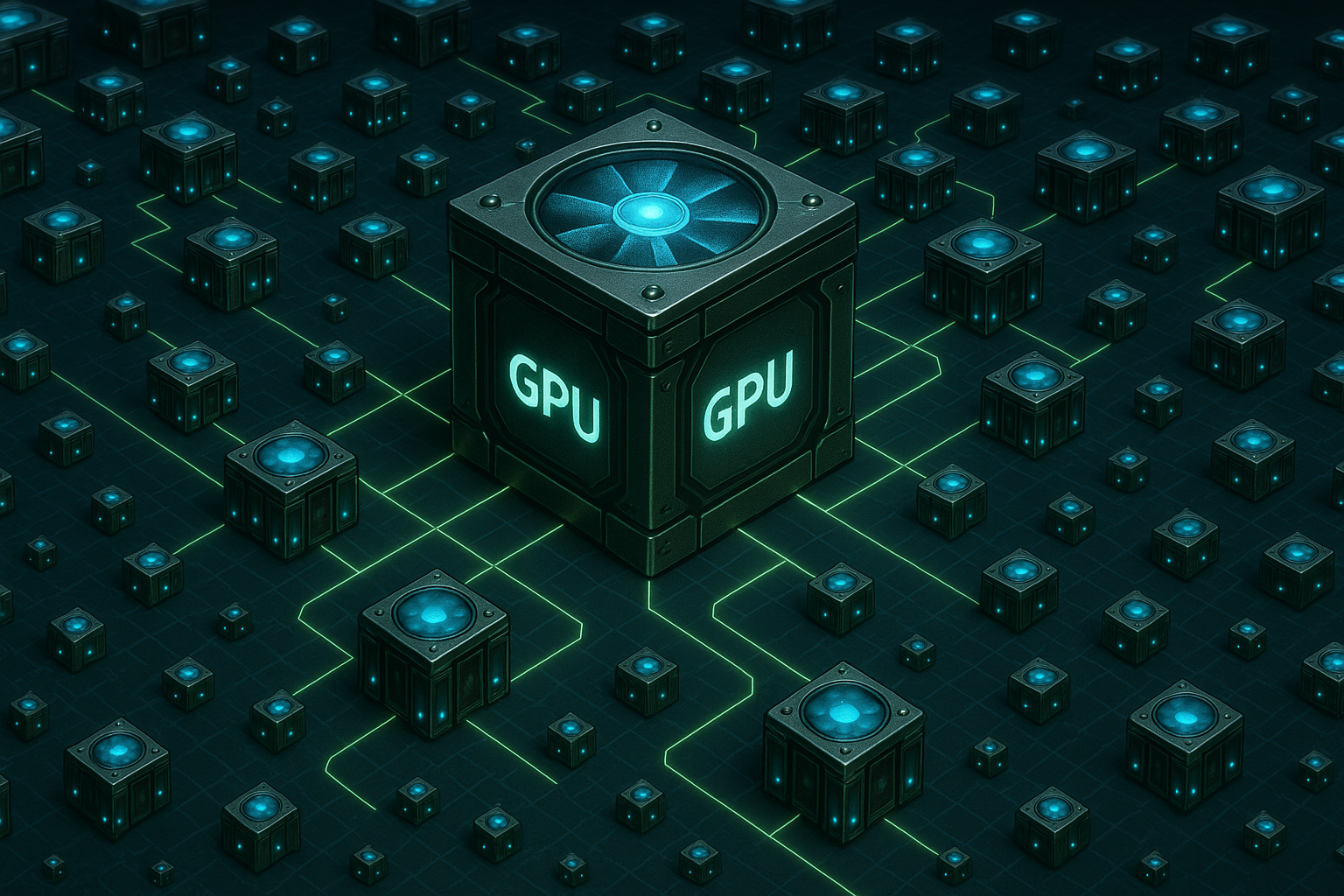
Let’s define it clearly:
A decentralized GPU network is a distributed system where individuals or organizations contribute unused GPU power to a shared marketplace, allowing others to access that compute for any GPU-intensive task, such as AI training and inference, 3D rendering, scientific simulation, or gaming. Everything is coordinated using blockchain instead of a central server.
A decentralized GPU network is a subset of DePIN (Decentralized Physical Infrastructure Networks), a movement within Web3 that leverages blockchain and crypto incentives to manage real-world infrastructure like computing power, storage, and connectivity.
These networks are permissionless, open to anyone, and typically rely on crypto-native primitives such as staking, node reputation, or on-chain payments to function without intermediaries.
In simpler terms:
It’s like Airbnb, but for GPU power.
Instead of renting out your spare bedroom, you rent out your spare GPU. And instead of a company coordinating it all, the entire system runs on smart contracts and blockchain logic.
Here’s how it works:
- Someone has a GPU that’s not in use
- Someone else needs GPU power for a task (AI training, 3D rendering, simulations, or gaming)
- The network connects them automatically
- The job runs on the GPU
- Once finished, the result is verified (if needed), and payment is sent all without a central platform in the middle
This is what makes it decentralized:
- No company owns the infrastructure.
- Anyone can join. Everything is transparent, on-chain, and powered by crypto incentives.
3. Why This Is Such a Big Deal
So why are people getting excited about this?

Let’s break it down in plain terms:
- It’s cheaper
Renting from individuals or smaller providers is often much less expensive than using Big Tech cloud services. - It’s more flexible
You can scale up or down as needed: no long-term contracts, no waiting. - It’s open to everyone
No need to be a company or go through approval. If you need compute, you can use it. If you have a GPU, you can contribute. - It’s more transparent
Because job activity is tracked on-chain or through cryptographic proofs, you can verify how your data was handled. - It’s more sustainable
Instead of building more giant data centers, we can reuse existing GPU power that would otherwise go to waste.
4. Real Projects You Can Explore
Decentralized GPU networks are no longer just theoretical. Several live projects are building real infrastructure — each targeting a specific segment of GPU demand:
Pictor Network

- What it does: A decentralized GPU network/Decentralized GPU aggregator for 3D rendering and AI training.
- Best for: 3D artists and studios, AI developers, and GPU owners with AMD or NVIDIA cards.
- Network details:
- Built on the Aptos blockchain
- Supports AMD and NVIDIA GPUs
- Uses Checker Nodes to validate jobs via metadata
Render Network
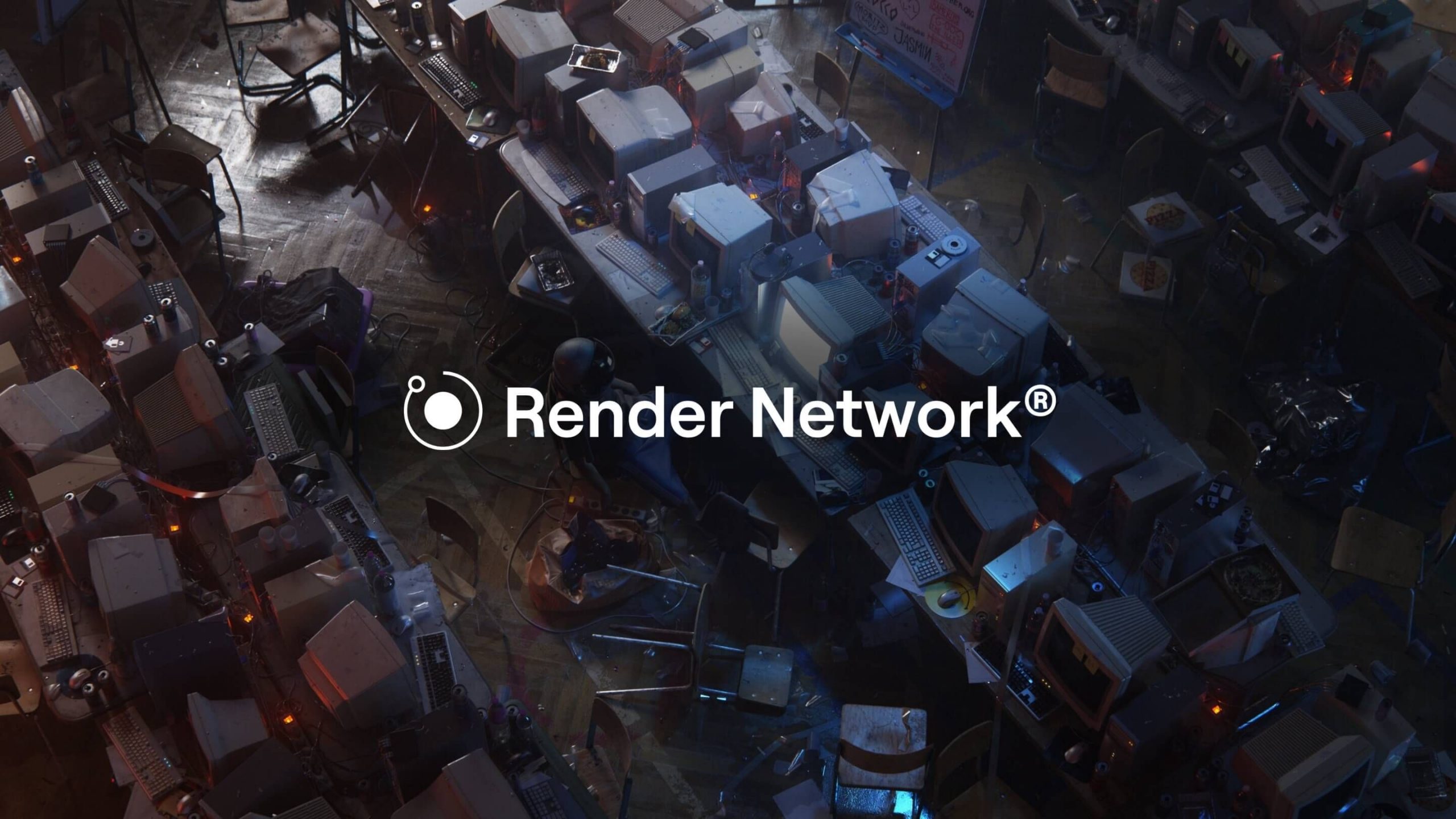
- What it does: A distributed GPU render network specialized in 3D rendering, built around OctaneRender.
- Best for: Motion designers, VFX studios, and artists using Octane workflows.
- Network details:
- Tasks are assigned to idle GPUs worldwide
- Runs on a proof-of-render model
- Integrated deeply with the OTOY OctaneRender ecosystem
io.net
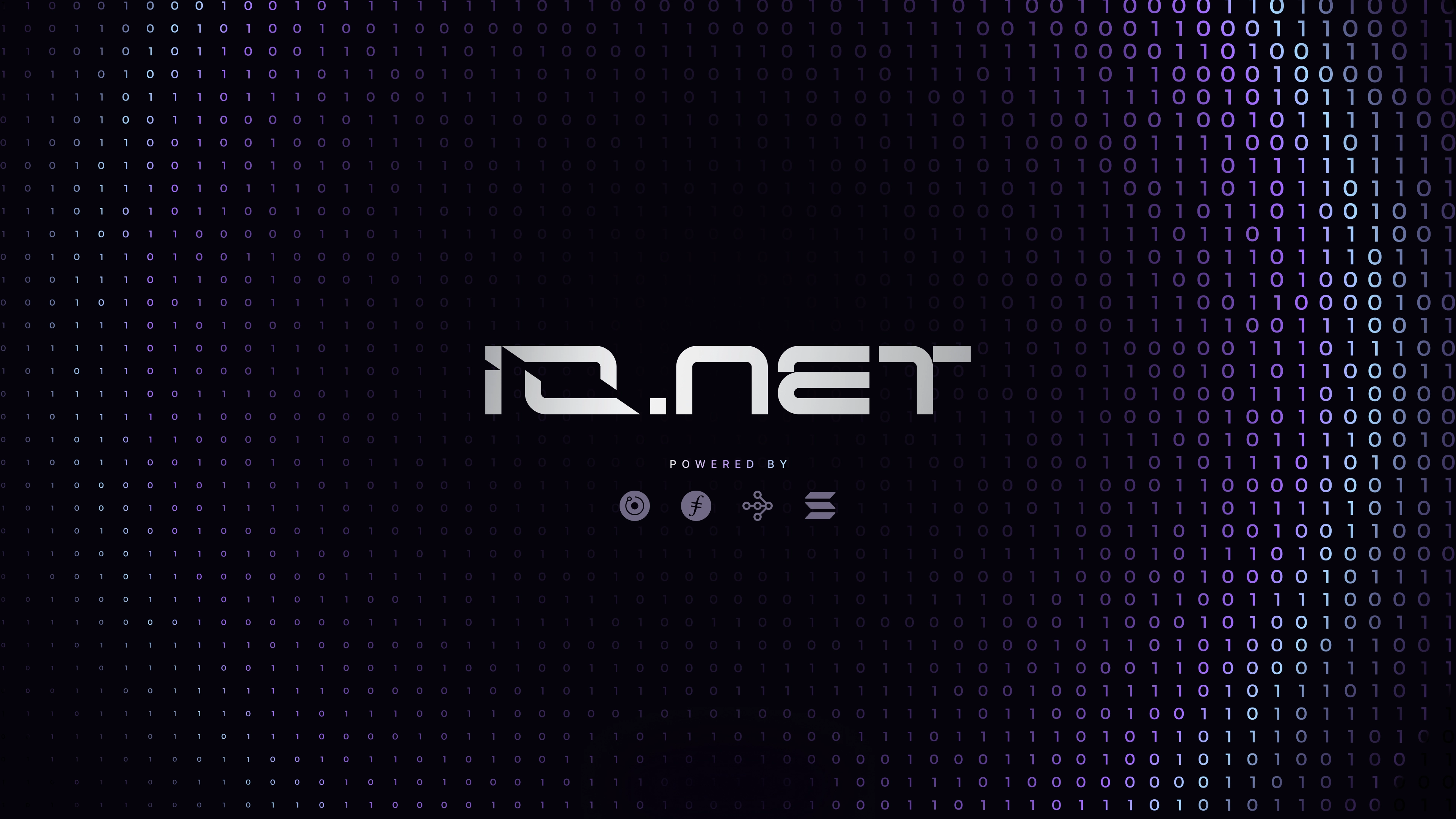
- What it does: A decentralized compute network optimized for AI training and inference.
- Best for: AI startups, ML researchers, and inference-serving platforms.
- Network details:
- Aggregates GPU resources from cloud providers, miners, and idle clusters
- Built on Solana
- Focuses on scaling GPU clusters in real-time
Aethir
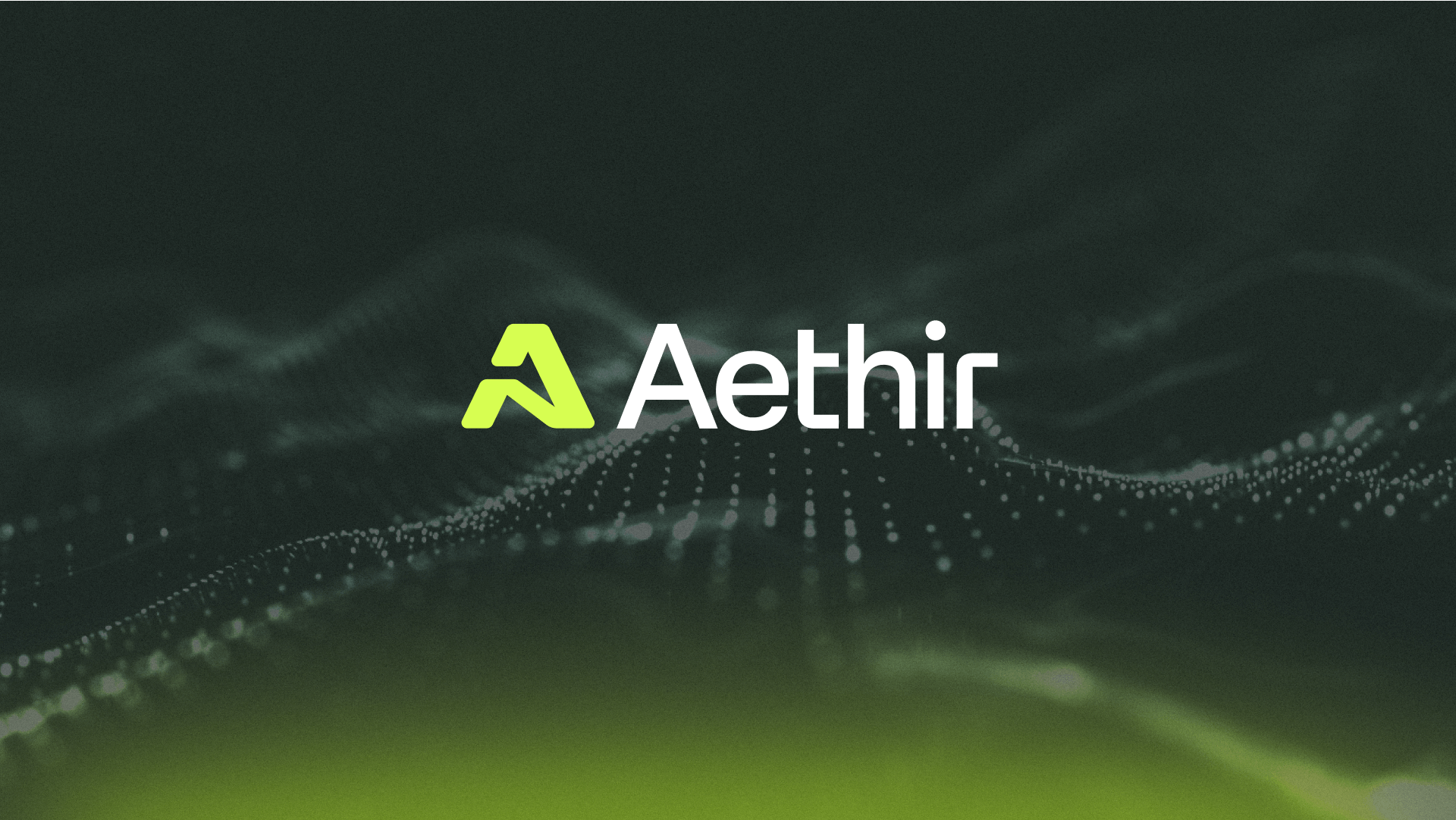
- What it does: A decentralized GPU infrastructure layer for cloud gaming and AI inference.
- Best for: Game streaming platforms, real-time AI apps, and edge compute providers.
- Network details:
- Uses geo-distributed GPU nodes for low-latency delivery
- Focused on edge infrastructure and high concurrency
Akash Network
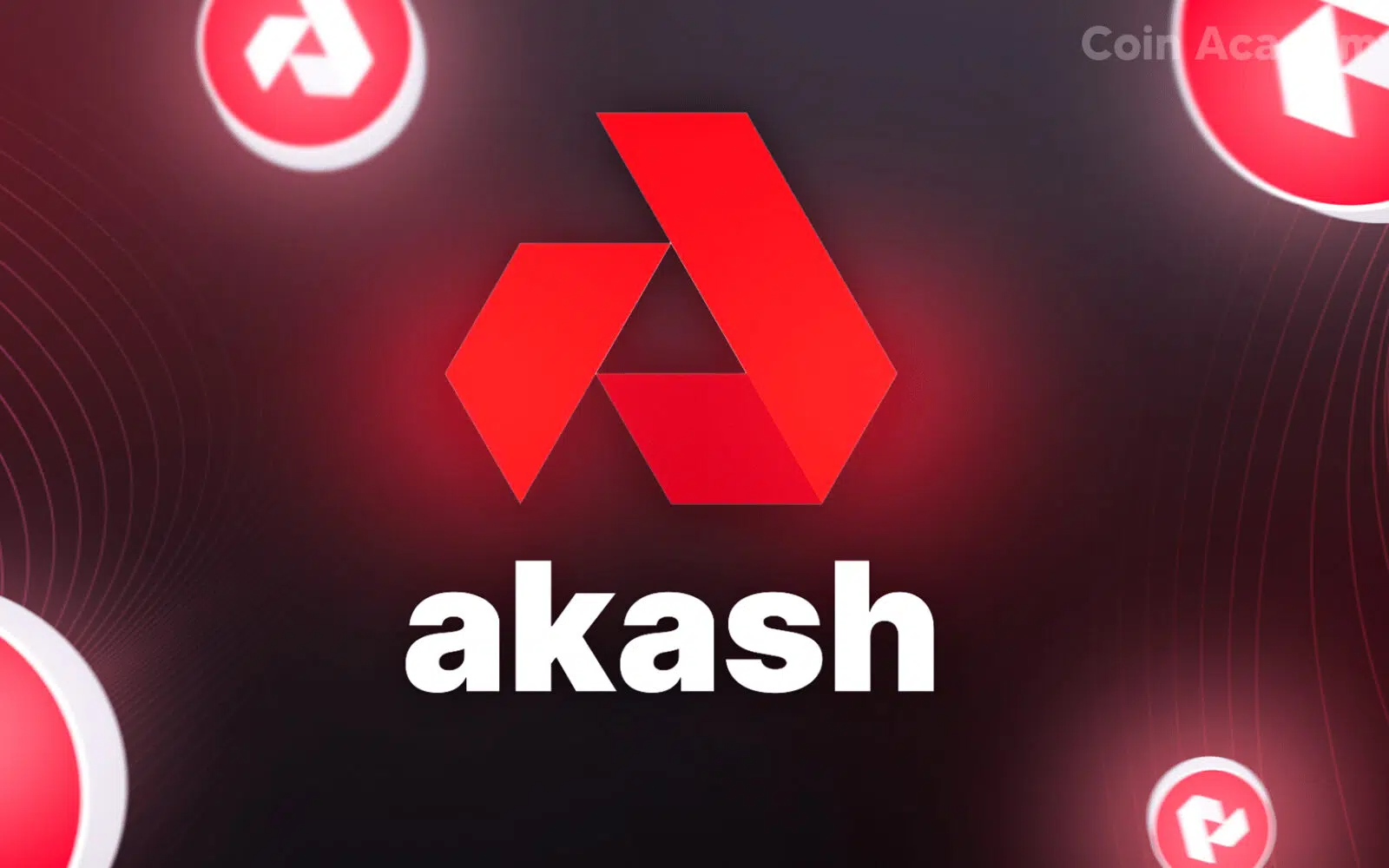
- What it does: A decentralized Compute Marketplace
- Best for: Web3 infra projects, decentralized apps, and AI developers needing containerized workloads.
- Network details:
- Built on Cosmos SDK
- Uses a bidding-based marketplace for compute resources
- Allows permissionless deployment of containers (similar to AWS/GCP)
Each network tackles a different part of the GPU problem, whether it’s AI, 3D graphics, gaming, or web infrastructure.
5. The Future of Decentralized GPU Networks
We’re only scratching the surface.
As AI, immersive experiences, and decentralized platforms become more mainstream, GPU demand will grow exponentially, and centralized solutions won’t scale fast or fairly enough.
Decentralized GPU networks offer a new path forward:
- Anyone can contribute, and anyone can access
- Compute becomes a public good, not a corporate bottleneck
- It unlocks innovation in AI, Web3, 3D, and gaming
- And it does all this without burning more energy building massive server farms
This is the future of compute: global, open, and built by all of us.
Ready to try a decentralized GPU Network?
Get started with Pictor Network, a decentralized GPU network built for 3D rendering and AI training. Whether you’re rendering 3D scenes or training AI models, Pictor Network makes it easy to tap into global GPU power.
The next time you need compute, don’t go to the cloud.
Go to the crowd with Pictor Network.
👉 Join the Pictor Network community on X | Telegram | Discord
👉 Or follow us on LinkedIn | YouTube | Medium | Substack to learn more.

